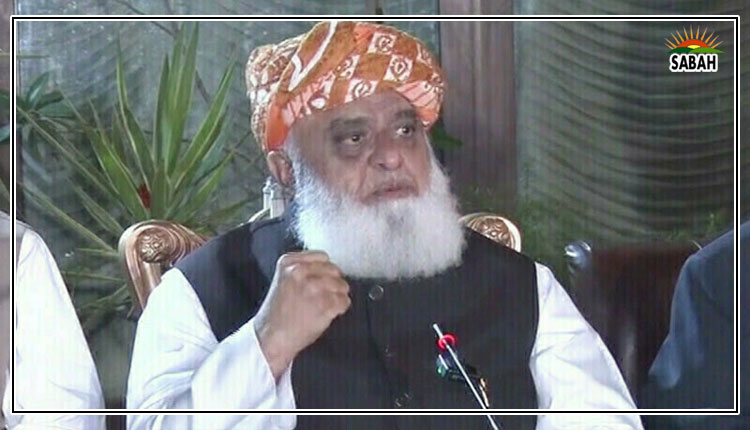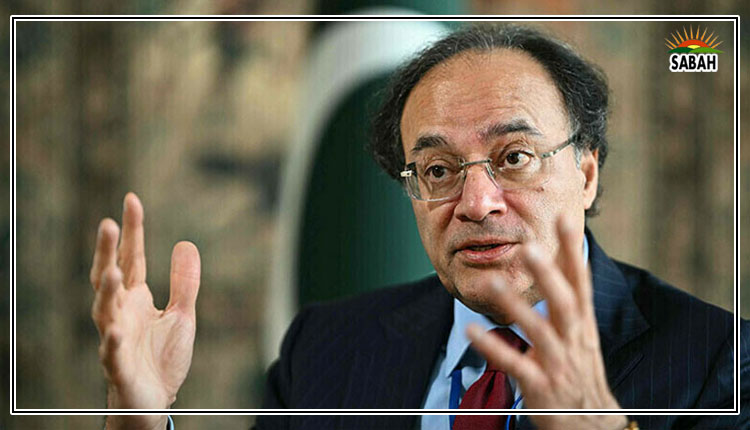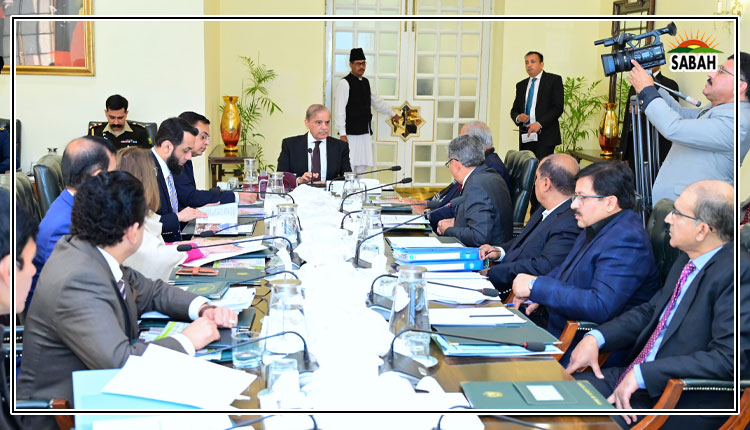What’s going on in the remittance market?…Almazia Shahzad
Pakistans remittance market comprises two types of remitters those who send money to support the families they leave behind for employment overseas, and those seeking investment/savings opportunities back home, often the well settled members of the diaspora.
This distinction is central for understanding the dynamics of the market. Remitters motives determine how their behaviour and choices may change over time and subsequently affect remittance inflows. Besides their motive, an important decision that remitters make is to choose either remitting an amount equivalent to a specific Pakistani rupee value, which in US dollar terms would fluctuate owing to exchange rate variations, or a specific US dollar amount.
The first category of remitters has a tendency to respond promptly to inflation levels and changes in the exchange rate. In FY2023 and FY2024, inflation levels averaged around 29.2 and 23.4 per cent respectively, peaking at 30.8 per cent in the first half of FY2024.
To meet the rising cost of living in the country including utility bills, expenses on food, clothing and rent remitters had to send more remittances in rupee terms. However, the exchange rate during the period was depreciating and highly volatile, and the kerb market premium the gap between the open market rate and the official rate in the interbank market was increasing, estimated to be around 4.0 per cent in mid-FY2023.
The misalignment shifted the remitters preference to unofficial channels offering higher rupee amounts against the same dollar amount. Due to depreciation, remitters were able to send more rupees with even lower dollars. Hence the data reports 12.6 per cent decline in FY2023. In FY2024, the increase of 10.7 per cent is partly associated with stability in the exchange rate market and convergence of the two rates, reducing the friction towards use of official channels.
The second category of remitters bases its decision to remit on maximizing their returns on savings, therefore economic certainty or lack of it indicative of risk level and interest rate differential between home and host country are important variables. FY2023 was plagued by low growth and high economic uncertainty, not surprisingly saving oriented inflows remained subdued.
Though the economic mood remains grim, some economic certainty returned in FY2024. The State Bank raised the monetary policy rate up to 22 per cent to counter the inflation, offering a sufficiently large buffer against potential risks to invested amounts in domestic saving instruments by the diaspora.
These observations each have important policy implications. First, the substitution between official and unofficial channels to remit money highlights the absolute necessity to ensure proper functioning of Pakistans exchange rate market, such that the two rates are aligned, to draw valuable foreign exchange from Pakistanis abroad. This means that the government and central banks exchange rate policy should go beyond valuation of foreign debt and trade policy in its consideration.
Remittance initiatives such as the Sohni Dharti Remittance Program may be insufficient to outweigh monetary benefit to remitters from using unofficial channels. Provision of saving opportunities or higher rates of return alone may also not be sufficient to attract diaspora savings, rather reduced risk to the investments through economic stability and continuity of policies are key in capturing their interest and willingness.
Setting aside the brain drain debate and its implications for Pakistans labour market, the high number of out-migrants has begun to translate into higher remittances. Between January and December 2023 around 862,000 migrants left; the remittance data for the same period shows an uptake in inflows after June 2023 and has increased on average 4.0 per cent monthly. This pattern appears to be in line with the literature which suggests that it takes around six months before migrants are able to send remittances back home. So the jump we are seeing in data is a lagged response to migration outflows, and is in fact not so abrupt. Data adjusted for seasonality and unexpected one-off shocks indicates that the upward trend in FY2024 had been gradually building up.
With the prevailing view that more people are increasingly pursuing life abroad, Pakistan is mostly likely to receive more foreign exchange through higher remittances inflows in the coming years. But the policy related cautions mentioned earlier must be borne in mind by the policymakers or we might end up losing a significant share of these flows to the alternatives.
Courtesy The News












